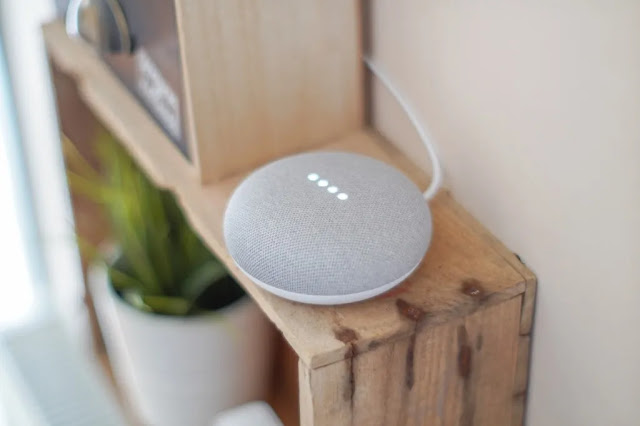Reasons Why Smart Homes Are Eco-Friendly
Climate change is a real threat facing our planet. The need of the hour is to come up with eco-friendly solutions to this imminent threat. The term ‘sustainability’ has come a long way since it was first used as a marketing buzz word.
Today, sustainability is built in into every business strategy, and not thought of as just a way to stay ahead of the competition. The concept of a smart home lies at the cutting edge of the green revolution that is set to overtake every industry in the future.
In the past, smart home technologies made lifestyle more sophisticated by digitizing every process in the home, but recently a shift in focus toward the environment has made it essential that smart home technologies are not only digital but green as well. These technological advances present cost-saving opportunities with reduced carbon footprints that will benefit the environment at large.
Not all smart homes are completely eco-friendly, but with the introduction of IoT devices smart homes are getting there faster. The IoT gadgetry gives you control and access to all the systems within your home, i.e., smart heating and cooling systems, security systems, and smoke alarms, etc., which will all be connected to the internet and accessed remotely via a smartphone. IoT solutions factor into the architectural decision making that goes into building new homes and office spaces as we speak. For example, new and greener offices are built with more window space so that, instead of using electricity, the windows can act as giant lighting sources.
If you want to learn more about why smart homes are eco-friendly, continue reading till the end.

Reasons Why Smart Homes Are Eco-Friendly
1. Smart homes conserve energy
Smart homes for living? Smart homes, with their innovative technologies, are meant to do one thing: efficient use of energy. The heating and cooling systems account for approximately 50% of electricity use in U.S. homes. The intuitive thermostats that self program based on the heating and cooling schedules, the weather conditions outside, and that automatically turn lights on and off, based on whether someone is present in the room or not, can save a ton in energy costs. With a smart system like that, you can significantly reduce the amount you pay in utility bills and avoid your HVAC from becoming an energy guzzler.
2. Use of power strips to save electricity
Power strips and adapters are also used to reduce energy use in smart homes. The strips allow for multiple appliances to be connected to a single source of electricity. So, it goes without saying, that the power strips need to be of higher quality to allow for a smooth transfer of electricity. A significant consumption in electricity occurs through ‘vampire power drain’ or ‘idle current’. The term refers to appliances that consume energy even when turned off. A smart strip allows you to toggle these vampire power drainers more efficiently.
3. Use smart lighting
Smart lighting ensures that your house uses less electricity and has a negligible carbon footprint. Lighting accounts for about 17% of the total share of carbon footprint in the environment. The use of dimmers and energy-efficient light bulbs are more eco-friendly options that are also easy on the pocket. Motion sensors in these lights help them to power down automatically when an area in the house is not in use.
4. Sunset trackers
Often, smart houses have sunset trackers that can control the lighting in the house depending on the time of day. Smart lighting solutions like Lutron Caséta come with a single controlling dimmer for all the light bulbs around the house connected through an energy bridge over the Wi-Fi system.
5. Smart homes conserve water
Water is a non-replenishable resource, therefore, for a smart home to be truly eco-friendly, it has to have water conservation at its core. The washroom, and especially the toilet area, uses about 27% more water than other parts of the house. A smart toilet comes with options to control how water is flushed, leading to conservations in water. Additionally, showerheads and faucets enabled with motion sensors can tighten up the wastages in water.
6. Use of infrared taps
Infrared taps ensure that not a drop of water goes to waste. An invisible infrared light beam emitted by the tap is set off when interrupted, and opens up a water valve. And when that interruption is removed, the tap closes the valve automatically, leading to more water conservation.
Conclusion
Upgrading to smart homes is what we need to be doing to conserve valuable and non-replenishable resources and decrease our carbon footprint. Efficient use of natural as well as innovative resources can enable us to make the move toward a greener future. Incorporating smart solutions, IoT, and motion sensor technologies in everyday appliances can lead to energy and water conservation. At the same time, utilizing sunlight efficiently in offices can also save up on electricity during the day.

No comments